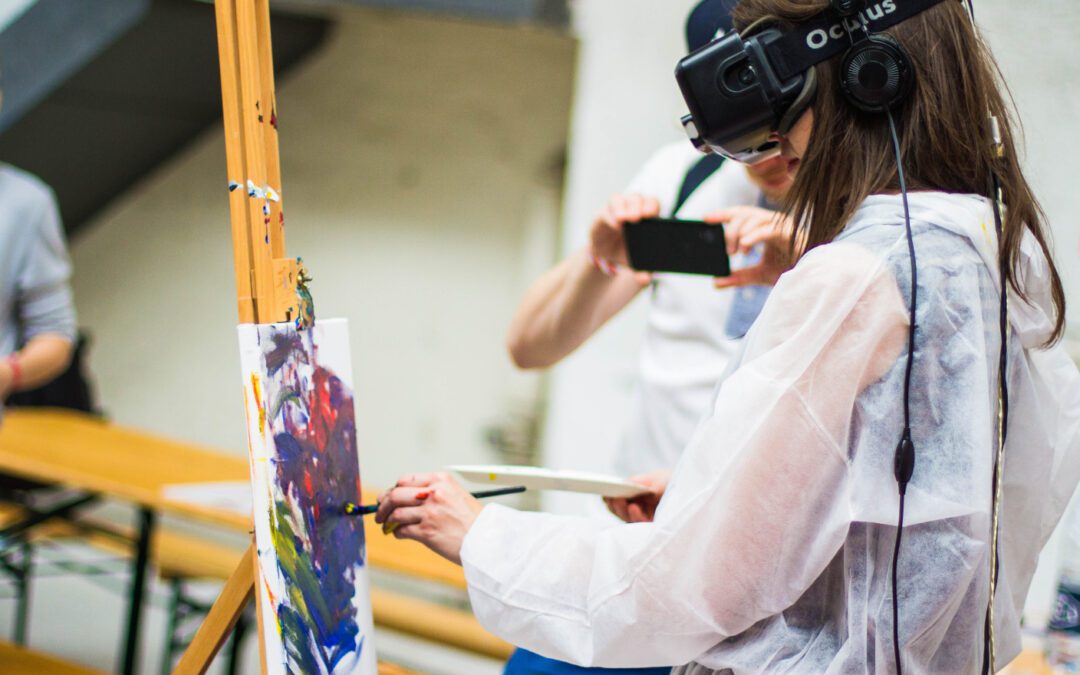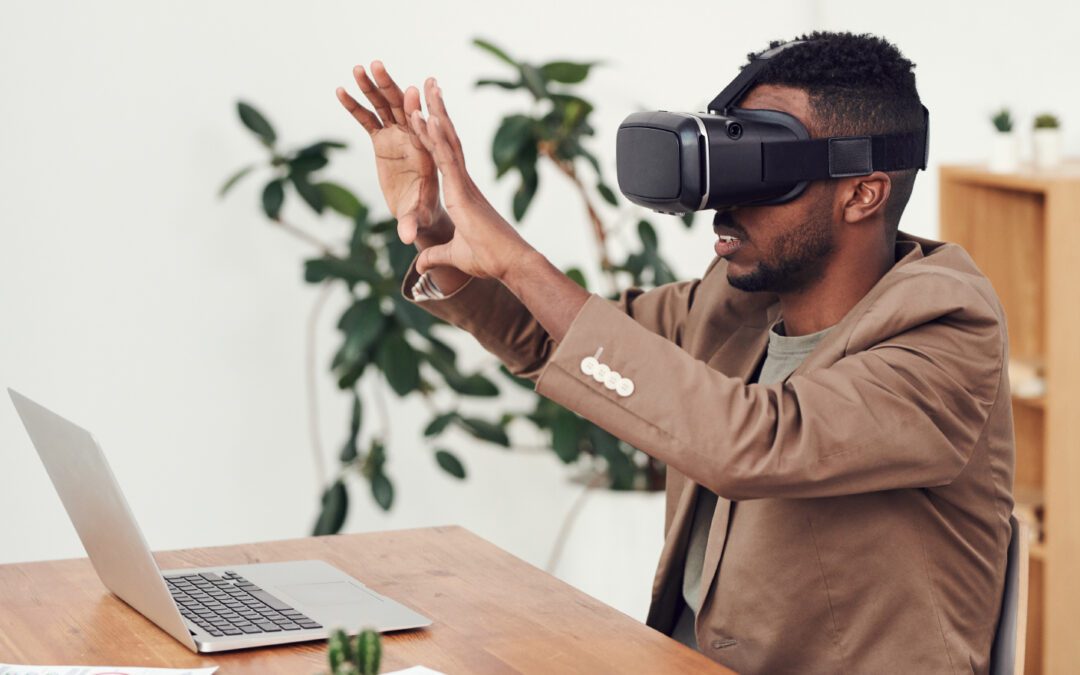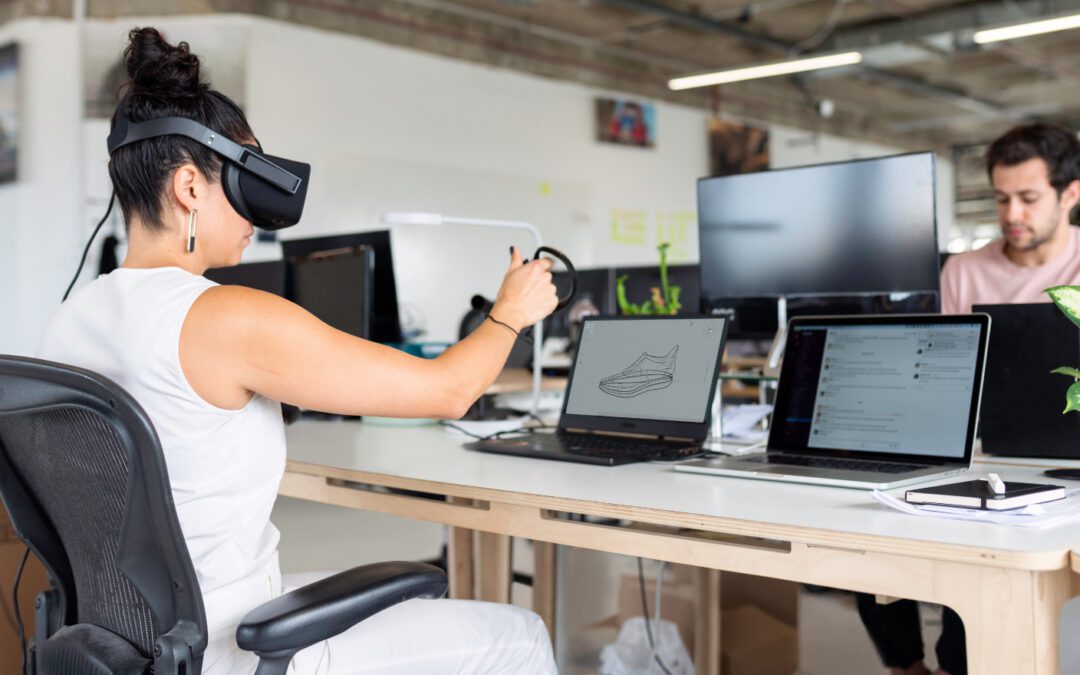Learn From An Experienced Team That Analyze Customer Insights To Help Make Result Driven Brands.

Augmented reality (AR) has been around for decades, but it’s only in recent years that the technology has become sophisticated enough to provide meaningful benefits to people with disabilities. As a result, AR is rapidly becoming a game-changer in the world of accessibility, providing new opportunities for people with disabilities to access information and participate in society.
One of the key advantages of AR is that it can be customized to meet the needs of individual users. For example, someone with visual impairments can use AR to enhance their vision or to provide audio cues to help them navigate their environment. Someone with hearing impairments can use AR to provide visual cues or captions to help them understand spoken language. And someone with mobility impairments can use AR to control their environment or to navigate physical spaces more easily.
AR is also being used to create new opportunities for people with disabilities. For example, AR can be used to create interactive exhibits at museums or to provide virtual tours of inaccessible buildings. AR can also be used to create immersive learning experiences that are tailored to the needs of individual learners, providing a more engaging and effective way to learn.
In addition to these benefits, AR is also helping to break down social barriers for people with disabilities. For example, AR can be used to create virtual social environments that allow people with disabilities to connect with others and participate in activities that would otherwise be difficult or impossible. AR can also be used to create accessible gaming experiences that are both fun and challenging, providing an important outlet for people with disabilities.
Of course, there are still many challenges to overcome when it comes to integrating AR into our society in a way that is truly inclusive. For example, there are still technical limitations that must be addressed in order to ensure that AR is accessible to everyone. There are also issues around privacy and security that must be addressed to ensure that people with disabilities are not put at risk.
Despite these challenges, the potential benefits of AR for people with disabilities are enormous. By providing new opportunities for access, learning, and social engagement, AR is helping to bridge the gap between people with disabilities and the rest of society. As we continue to develop this technology, we must remain committed to ensuring that it is accessible to everyone and that it is used in a way that promotes inclusion and equality for all.




